American Linden
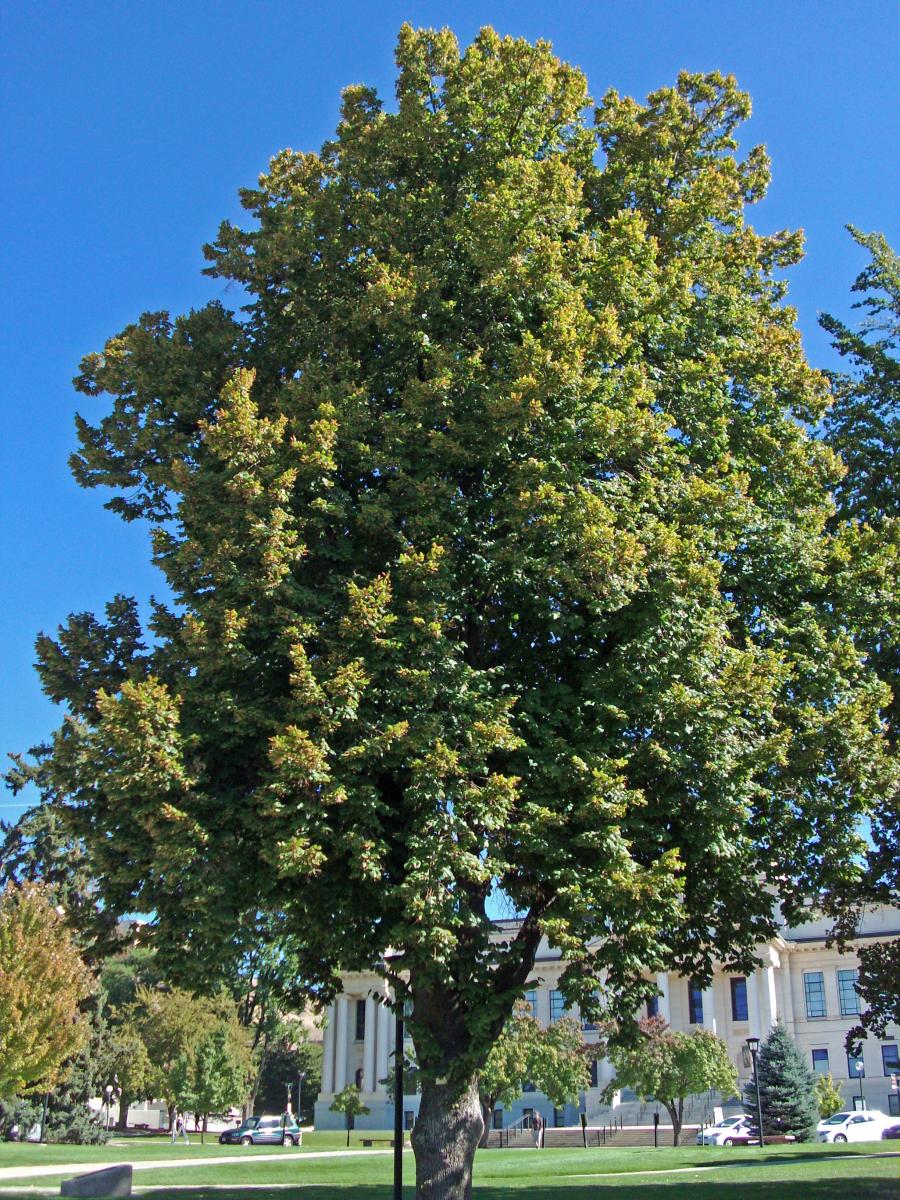
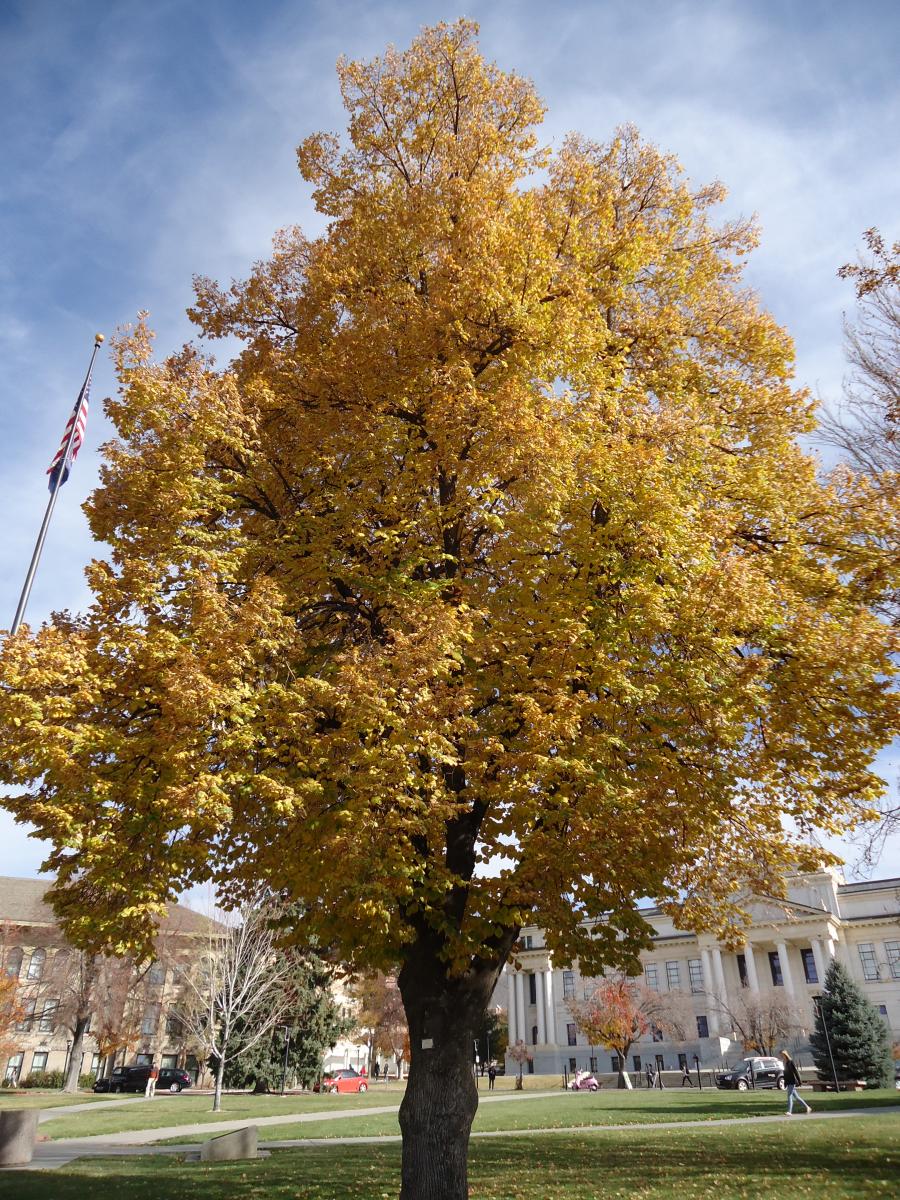

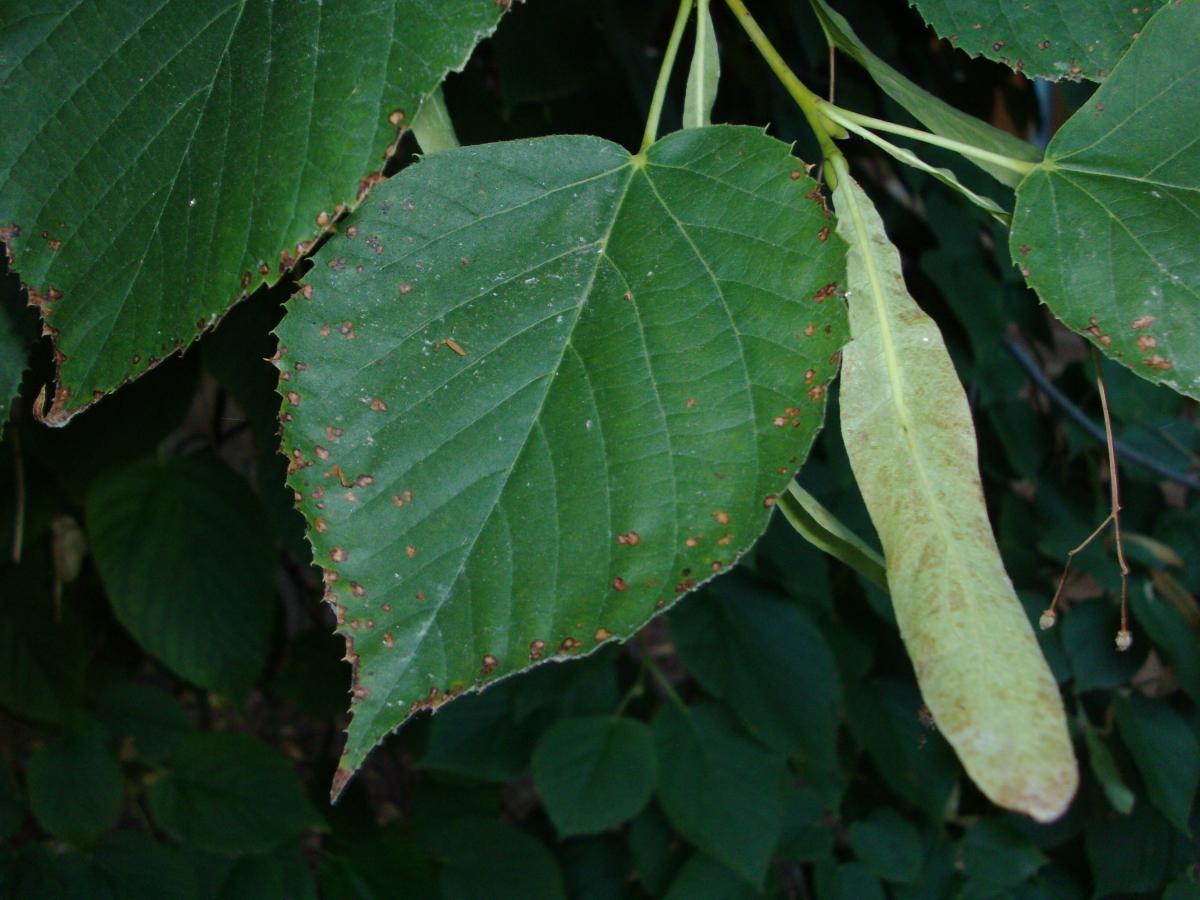
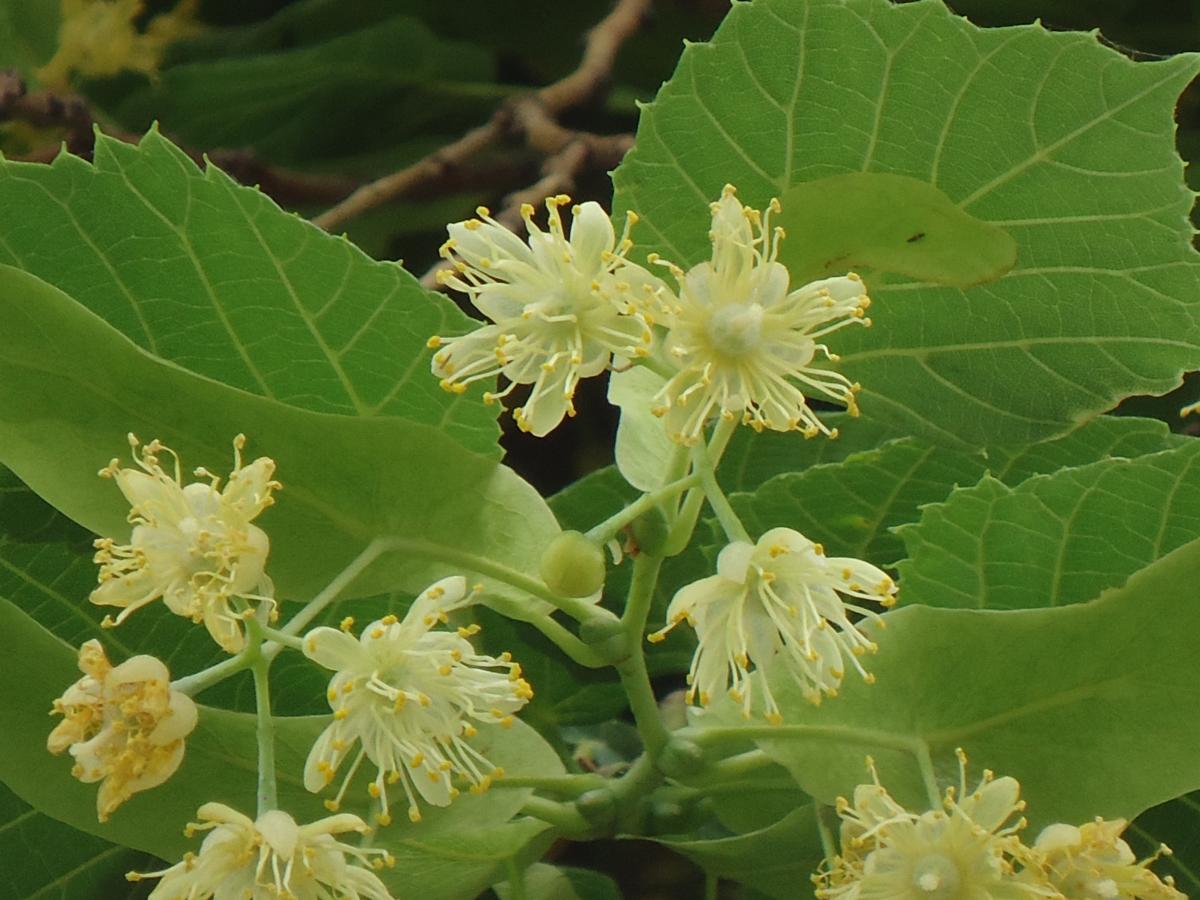

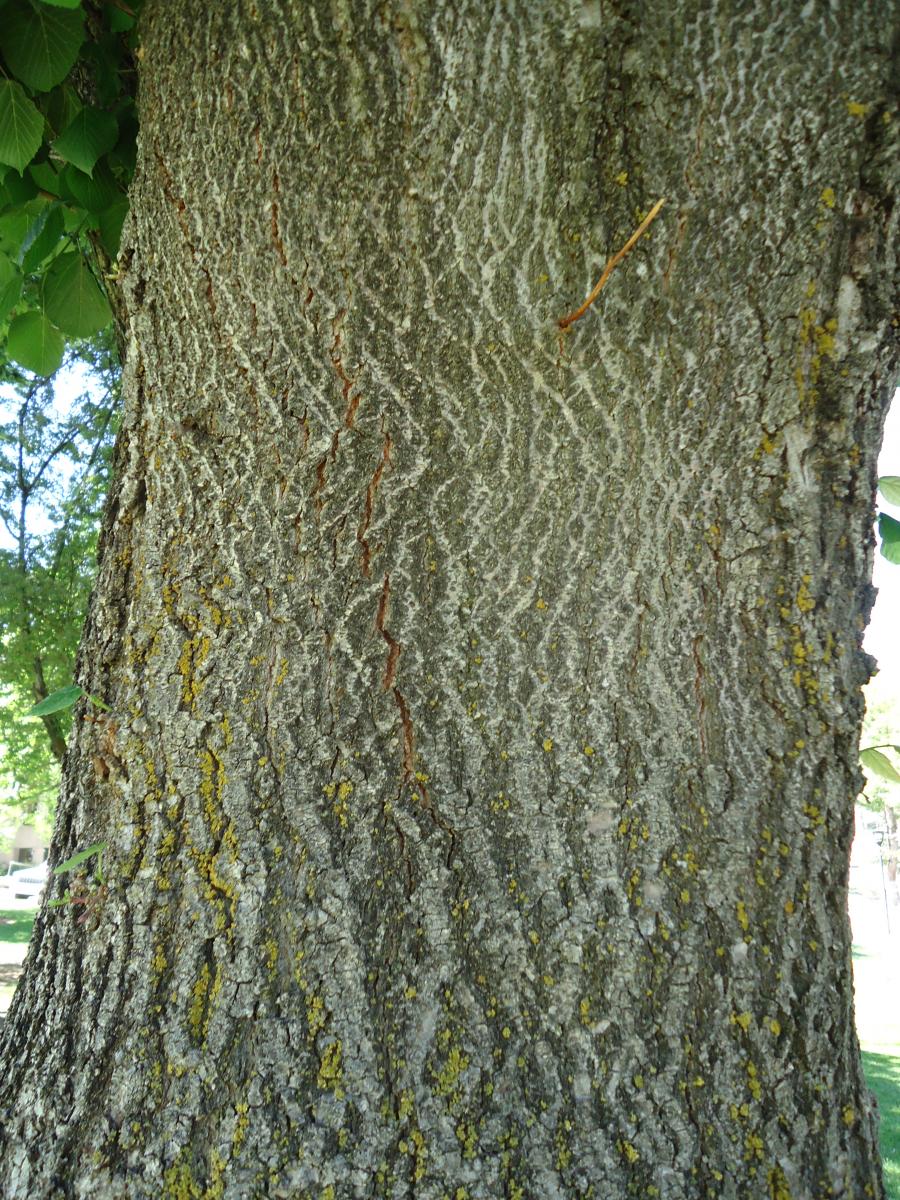
Tilia americana
Leaves: Deciduous. Uneven heart-shaped leaves with a pointed tip, are 4 to 8 inches long, almost as wide, coarsely serrate leaf edge with long pointed teeth. Dark green color above, paler beneath. Sometimes changing to pale yellow in the fall, usually leaves fall off green.
Bark/Twigs: Gray brown, shallowly furrowed bark. Broken into many long, narrow, flat-topped, scaly ridges, very tough and fibrous. Smooth and gray-green on young stems. Twigs usually zigzag.
Flowers/Fruit: Flowers are light yellow, ⅓ to ½ inch wide, arranged in 2 to 3 inch wide bunches of 5 to 10 flowers attached by stalks to a light green, 3 to 4 inch long, leafy bract. Extremely fragrant flowers appear in late June to early July. Bees supposedly make the finest honey from these flowers. Fruit is a nut-like, round seed (drupe), covered with fine fuzz (pubescence), ⅓ to ½ inch in diameter, grown in clusters. The bract dries and turns light brown when the fruit matures in late summer.
Mature size and shape: Large. 50 to 60 feet high (x 20 feet wide) with a spread of ½ to ⅔ the height. Rounded to oval shape with numerous, slender, low, spreading branches. Pyramidal in youth.
General information/special features: Plant in full sun to light shade. Shade tolerant. Does best in rich, moist woodlands and along river bottoms, and does well on soils with fairly high pH. It has a tough inner bark (bast, from which it derives the name basswood) used to make rope and mats. Trees are commercially harvested for their light wood which is used to make furniture, shipping crates, boxes, and veneer.
Landscape use and maintenance: Popular large shade tree. Average growing rate. Average maintenance. Seeds can be messy. Free of most serious pests, though aphids can be a nuisance. Sprout (sucker) growth can be a problem. Transplants readily. It has larger leaves and is more dense than the Littleleaf Linden.
USDA Hardiness Zone: 2 to 8
Family/Origin: Tiliaceae – Linden. Native to most of the northern and eastern U.S. as far west as the eastern edge of the Great Plains. Ranging from Maine to Florida, west to eastern North Dakota, south to Oklahoma and Louisiana.
Campus Use: Somewhat common. Can be found in President's Circle or south of Carolyn Tanner Irish Humanities (Bld 45).
